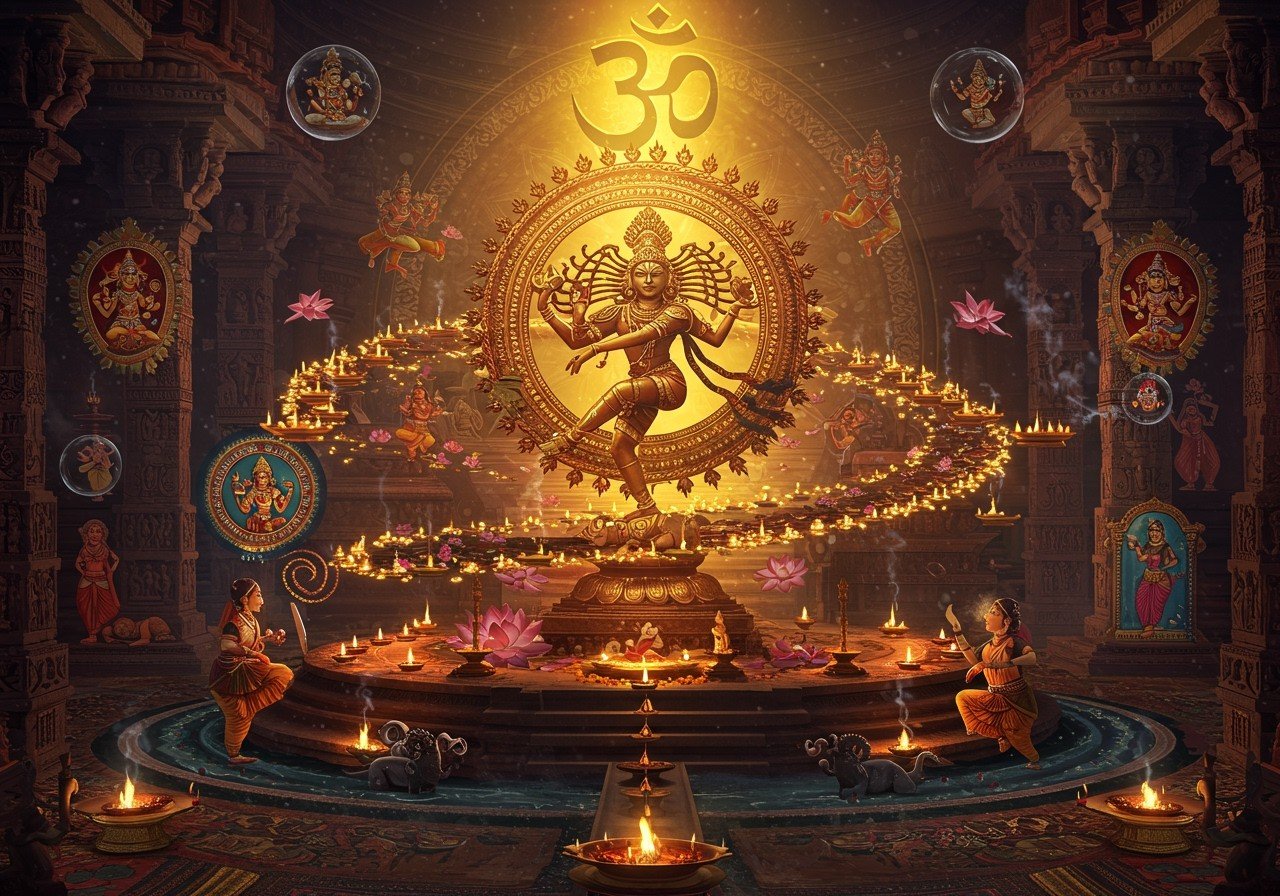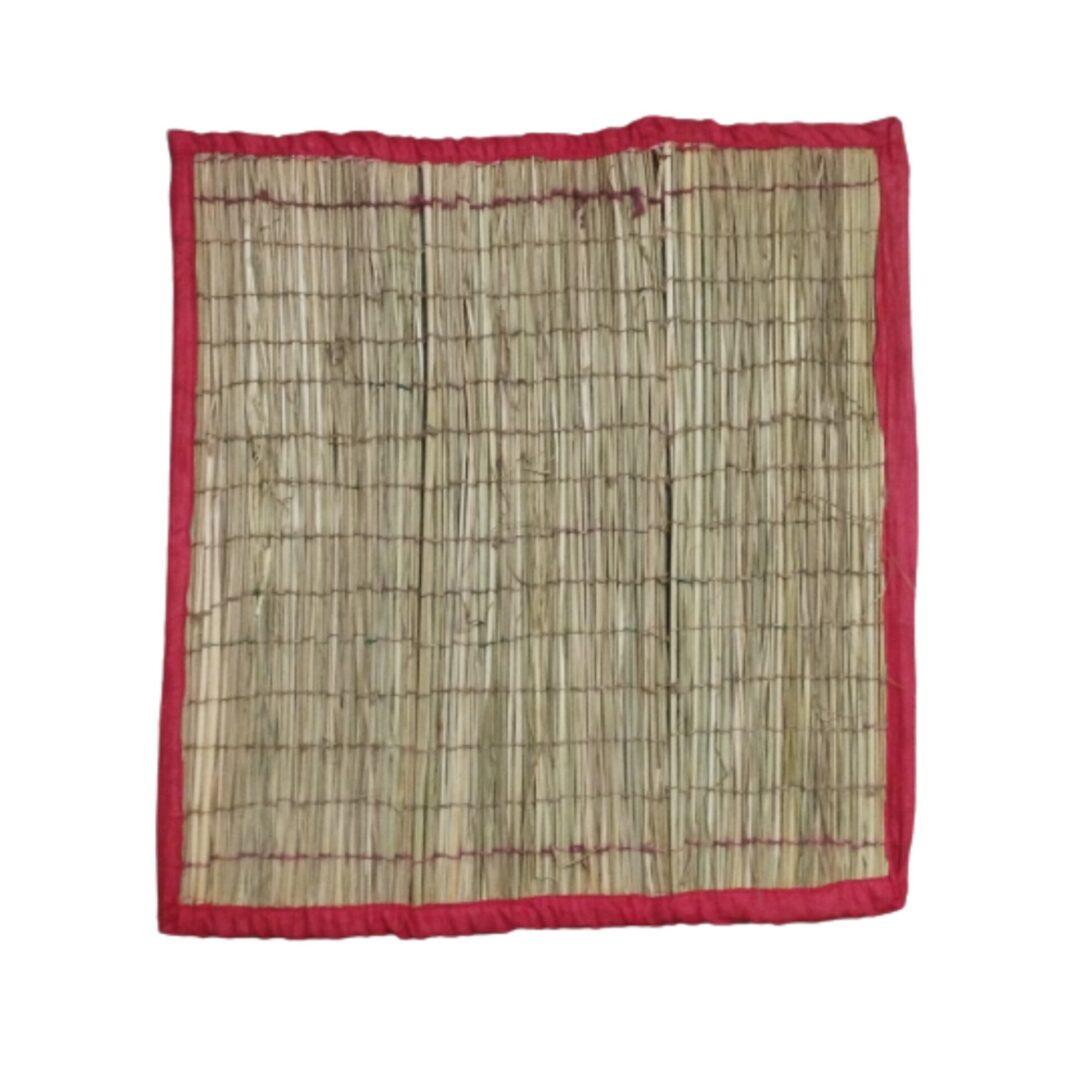
In the vast and intricate tapestry of Indian history, there are threads of gold that are sometimes overlooked. One such shining thread is the story of the Kushano-Sasanians, a remarkable power that flourished between the 3rd and 4th centuries CE. They ruled over lands that today form parts of Afghanistan, Pakistan, and our own northwestern India. More than just rulers, they were a bridge, a vibrant crossroads where cultures, faiths, and fortunes met. Let’s journey back in time to rediscover this fascinating chapter of our shared heritage.

The Rise of a Hybrid Power
Our story begins around 225 CE, a time of great change. As the influence of the once-mighty Kushan Empire started to fade, the powerful Sasanian Empire from Persia cast its eyes eastward. They expanded into the culturally rich regions of Bactria and Gandhara. But instead of simply conquering, something unique happened. The Sasanian governors who ruled these new territories adopted the title “Kushanshah” or “King of the Kushans.” This wasn’t just a name; it was a statement of continuity, a respectful nod to the legacy they were inheriting. They were a Sasanian branch, yet they carved their own autonomous identity, creating a remarkable blend of Persian and Indian traditions right from the start.
A Bustling Crossroads of Commerce
Many wonder how this empire truly influenced the world. Their greatest impact was perhaps on trade. Positioned perfectly, the Kushano-Sasanians became the gatekeepers of the legendary Silk Road, linking the maritime trade of the Indian Ocean with the overland routes. Imagine vibrant marketplaces filled with the fragrance of Indian spices, the sheen of Chinese silk, and the glint of Roman gold. They didn’t just control these routes; they nurtured them, ensuring a steady flow of goods and ideas. This brought immense prosperity and led to the growth of bustling urban centres, making them a vital hub in the ancient global economy.

The prosperity of that era reminds us of the importance of beautiful, well-crafted items in our lives and rituals. A stunning brass tray, for instance, isn’t just an object; it’s a piece of art that holds offerings and blessings, much like how the Kushano-Sasanians held the flow of precious goods.
A Melting Pot of Faiths and Art
What truly makes the Kushano-Sasanians fascinating is the beautiful harmony of cultures they fostered. Their lands were a true melting pot where Persian, Indian, and Central Asian traditions mingled freely. This cultural exchange is beautifully captured in their art and architecture. You could find Zoroastrian fire temples standing not too far from magnificent Buddhist stupas. We also see this blend in their coinage, a treasure for historians. Some coins depict a Zoroastrian fire altar, while others show Lord Shiva with his beloved Nandi – a clear sign of their deep respect for the Hindu traditions of their subjects.
This acceptance of diverse faiths, allowing Zoroastrianism, Buddhism, and Hinduism to coexist and flourish, created a unique cultural legacy. It was a time of immense artistic creativity, where different styles merged to create something entirely new and beautiful, influencing the region’s art for centuries to come.
- Cultural Synthesis: The empire’s art shows a remarkable fusion. Think of sculptures and architectural motifs that borrowed elements from Persian royalty, Buddhist serenity, and Hindu divinity, creating a unique visual language that tells a story of unity in diversity.
- Religious Harmony: Their rule is a powerful example of religious tolerance. By patronizing different faiths, they ensured that their diverse population felt respected and included, which was key to the stability and cultural richness of their empire. The fragrant smoke of incense would have risen from many different altars, a practice we continue today with beautiful scents like sandalwood agarbatti to purify our spaces.
The Inevitable Ebb of an Empire
Like all great empires, the Kushano-Sasanian chapter eventually came to a close. A combination of factors, including internal conflicts and the immense pressure of invasions from nomadic tribes like the Kidarites and later the Hephthalites, began to weaken their hold. By around 360-370 CE, their power in the region was replaced by these new rising forces. Their decline paved the way for other dynasties, continuing the ever-turning wheel of history in the Indian subcontinent.
The Enduring Echo of their Legacy
Though their direct rule ended, the legacy of the Kushano-Sasanians echoes through time. Their most significant contribution was proving that different cultures could not just coexist but create something wonderful together. They left an indelible mark on the art, culture, and trade of South and Central Asia. The traditions they nurtured and the connections they forged continued to shape the destinies of the empires that followed.

Connecting with Ancient Traditions Today
Reflecting on such a rich history inspires us to connect with the timeless traditions that have been passed down through generations. The Kushano-Sasanian era valued the blend of cultures and the sanctity of rituals. In our poojas and spiritual practices today, we continue to use items that carry deep historical and spiritual significance. One such sacred item is the Kushasan.
The use of Kusha grass for prayer mats is an ancient practice, believed to insulate the devotee from negative energies from the earth. When you sit on a Kushasan from Poojn.in, you are not just performing a ritual; you are connecting with a tradition that is thousands of years old. Our Kushasans are made with authentic Kush grass following Vaidic processes, ensuring you receive a product that is pure and potent for your spiritual journey.
At Poojn.in, we are committed to helping you find these authentic cultural and spiritual products with ease. Explore our collection and bring home a piece of timeless tradition.


